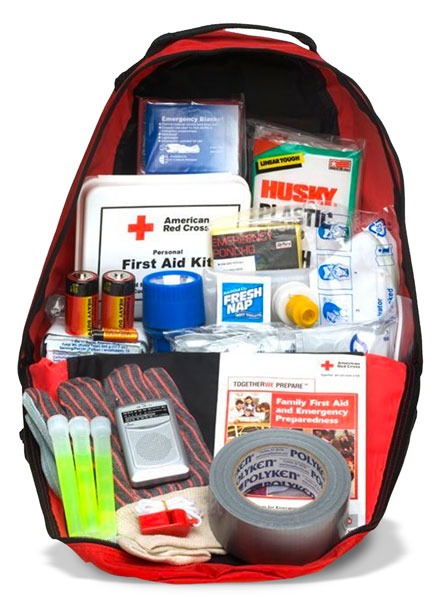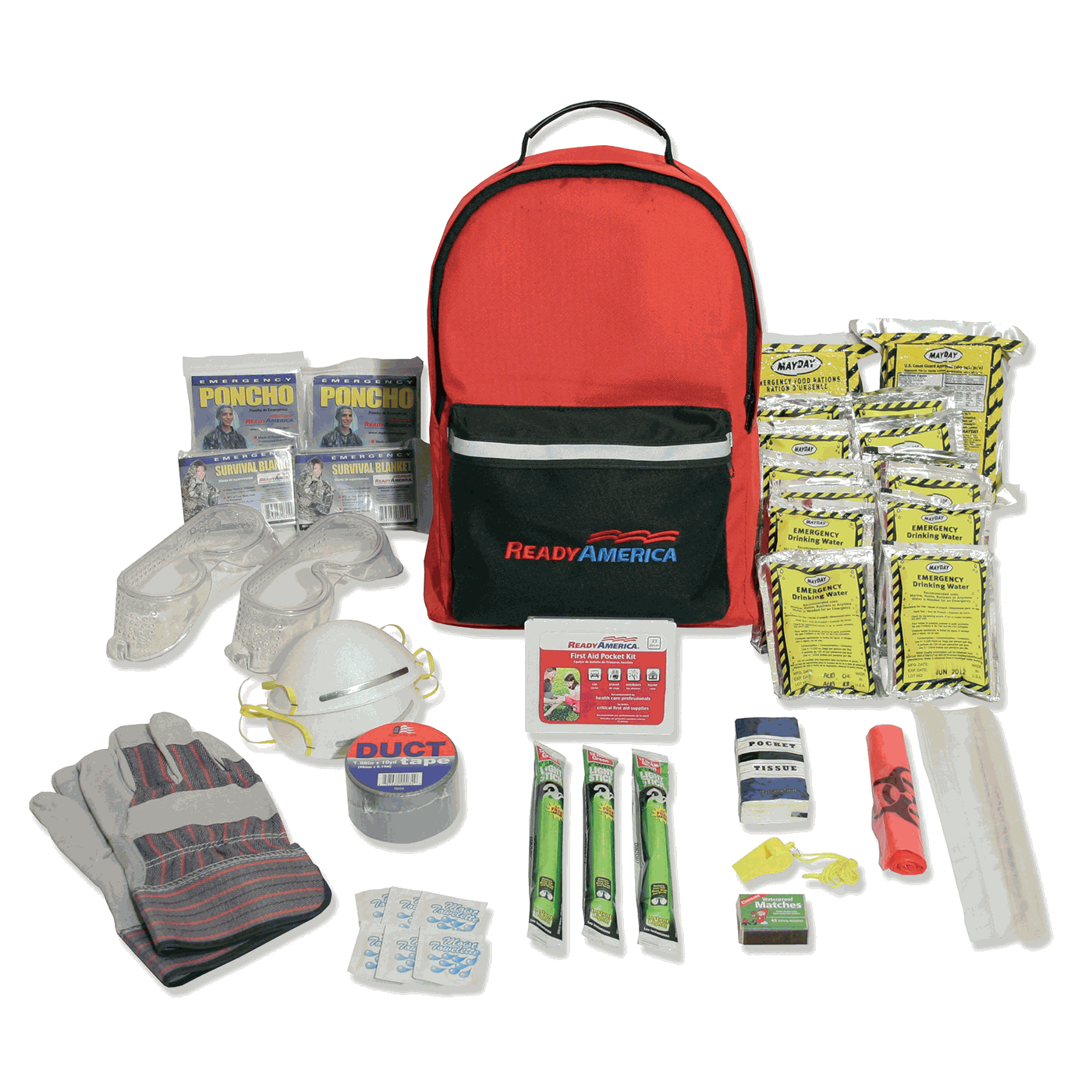Emergency Preparedness: Structure a Safer, Stronger Neighborhood Together
Wiki Article
Exactly How to Develop a Comprehensive Emergency Situation Readiness Plan
In the world of preparedness, developing an extensive emergency situation plan is not just a job to inspect off a list; it is a necessary keystone of any kind of organization or person's resilience technique. From natural calamities to unanticipated dilemmas, the ability to anticipate, reduce, and react properly can mean the difference in between turmoil and control. By thoroughly crafting a plan that resolves different aspects of emergency situation administration, including threat analysis, interaction protocols, source allocation, and strategic decision-making, one can lay a strong foundation for protecting procedures, assets, and lives. The true efficiency of such a plan lies not just in its creation however likewise in its recurring upkeep and adjustment to advancing risks and obstacles.Relevance of Emergency Readiness
Emergency readiness is vital for mitigating potential dangers and making certain the safety and security of neighborhoods and people. In today's world, where all-natural disasters, public health and wellness situations, and other emergency situations can strike without caution, being prepared can make a considerable distinction in decreasing the influence of these events. By having a well-balanced emergency situation readiness plan in area, people and companies can respond efficiently, shield lives, and reduce property damage.One of the key factors why emergency preparedness is necessary is its function in conserving lives. When emergencies take place, having a strategy that describes clear procedures for emergency, communication, and emptying response can aid people act quickly and emphatically. This can avoid injuries and casualties by guaranteeing that people recognize what actions to take to remain risk-free
Furthermore, emergency situation readiness enhances the resilience of communities. By promoting a society of readiness and preparation for numerous scenarios, areas can recuperate quicker from disasters and disruptions. This resilience is necessary for maintaining security, connection of operations, and overall health in the face of misfortune.
Assessing Potential Risks
Thinking about the importance of being prepared for unexpected occasions, the initial step in creating an effective emergency situation preparedness plan involves completely evaluating and analyzing potential dangers. This assessment requires a detailed review of all feasible hazards that can affect the company, thinking about elements such as place, sector, and historic data on occurrences. By identifying these threats, organizations can prioritize their readiness efforts and assign sources successfully to mitigate the most significant threats.Common dangers that companies may encounter include all-natural calamities like typhoons, floodings, or earthquakes, technical hazards such as power failures or information violations, along with human-caused risks like mishaps or willful acts of physical violence. Conducting a danger analysis likewise includes taking into consideration the possible impact of these events on the organization's operations, workers, customers, and track record. By performing a thorough risk assessment, companies can create customized emergency situation response plans that address their certain susceptabilities and ensure efficient readiness for any kind of prospective crisis.
Creating an Interaction Plan
Creating a clear and thorough interaction plan is necessary for efficient emergency situation preparedness within companies. In times of situation, interaction plays a critical role in making certain the security and well-being of employees, stakeholders, and the neighborhood. A well-balanced interaction strategy need to lay out clear lines of communication, mark vital personnel responsible for communication jobs, and develop procedures for distributing details swiftly and accurately.One key element of creating a communication plan is recognizing main and alternate interaction networks (EMERGENCY PREPAREDNESS). These can include email, text messaging, phone trees, social media platforms, and public address systems. It is critical to make sure that these networks are reputable, easily accessible, and routinely evaluated to guarantee their effectiveness throughout emergencies

Building an Emergency Situation Package
Offered the crucial relevance of preparedness in times of dilemma, an essential component that organizations need to resolve is the establishment of an emergency set. An emergency situation kit offers as a crucial resource that can aid minimize the influence of unforeseen events, making sure that important materials and devices are easily available when needed most. When assembling an emergency situation set, it is crucial to think about the details needs and scenarios of the organization. Basic things such as water, non-perishable food, first aid supplies, flashlights, batteries, and a battery-powered radio are fundamental parts of any type of emergency situation set. In addition, companies ought to consist of vital documents, such as call checklists, insurance info, and emergency situation response strategies, in water-proof containers within the package. Consistently reviewing and updating the materials of the emergency package is essential to guarantee that materials are current and useful. By proactively building and maintaining an emergency kit, organizations can improve their preparedness to successfully reply to situations and safeguard their possessions and personnel.Establishing Emptying Procedures
To guarantee the security and organized evacuation of employees during emergency situations, companies need to develop effective and clear emptying procedures. Discharge procedures should include a variety of prospective situations, consisting of fires, natural calamities, or various other emergencies that call for speedy emptying.
Furthermore, organizations should develop a system for bookkeeping for all workers throughout a discharge to ensure that everybody has actually securely left the facilities. Communication plays an important duty in discharge treatments, with clear instructions on exactly how to leave and when to do so. Routine evaluation and updating of evacuation treatments based upon feedback and changing circumstances are necessary to maintaining the effectiveness of the strategy.
Final Thought
In verdict, creating a thorough emergency situation readiness strategy is critical for ensuring the safety and well-being of people in case of a calamity (EMERGENCY PREPAREDNESS). By assessing possible threats, developing an interaction strategy, developing an emergency kit, and establishing discharge treatments, companies and individuals can be much better geared up to respond effectively to emergencies. It is necessary to focus on preparedness initiatives to minimize the impact of disasters and protect lives and buildingIn the realm of preparedness, creating a detailed emergency strategy is not simply a task to examine off a listing; it is a vital cornerstone of any kind of organization or person's durability strategy. When emergency situations occur, having a strategy that describes clear treatments for emptying, interaction, and emergency action can help individuals act swiftly and emphatically. try here. By conducting a complete risk evaluation, organizations can establish customized emergency situation feedback strategies that resolve their details susceptabilities and ensure effective preparedness for any potential situation
Creating a extensive and clear communication plan is vital for efficient emergency situation preparedness within organizations. By evaluating potential risks, creating a communication strategy, constructing an emergency situation package, and developing emptying individuals, procedures and companies can be much better geared up to respond properly to emergency situations.
Report this wiki page